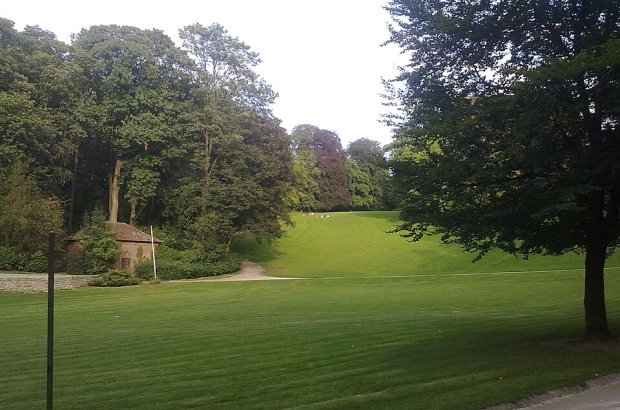- Daily & Weekly newsletters
- Buy & download The Bulletin
- Comment on our articles
Plan to re-surface buried stream in Uccle
In the centre of Uccle commune lies an invisible river waiting to be discovered - and authorities are planning to make this possible.
Back in 1833 the Ukkelbeek – now more of a stream than a river – was buried, some 30 years before the City of Brussels decided to bury the Senne for hygiene reasons.
In the 18th century this stream was more of a river with laundries, breweries and mills on its banks.
Today, the Ukkelbeek flows past Wolvendael Park under Avenue de Fré. The idea is to bring it out of the ground at the bottom of the park, where it would flow into the pond in front of Uccle’s Ecole des Arts.
The stream would then wind its way up to the enclosing wall on Rue Rouge, before returning underground into a clean water pipe, separate from the adjacent sewer pipe and nearby stormwater basin.
The main aim of the project, which was recently put out for public consultation, is to embellish the lower part of Wolvendael Park and revitalise the pond by the addition of fresh clear water from the Ukkelbeek. This new water source could also be used to absorb excess water in case of heavy rain.
In the long term, the local authority would like to bring most of the Ukkelbeek into the open air as far as the end of Rue de Stalle.
This new life for a long-standing stream would please Uccle residents – some of whom remember filling bottles of spring water from it at a standpipe below Avenue de Fré.
However, in 1976, Uccle’s authorities decided to ban the Ukkelbeek’s use as drinking water, saying it was too high in nitrates.
Another explanation is that people working at the Soviet Embassy, located just opposite the spring, were tired of these water gatherings. However, this version has not been verified.
The exact course of the stream, which has several sources along the Groeselenberg off the Avenue de Fré, is difficult to trace. Specialists say that it originally ended in the Zwartebeek that flowed into the Senne.
Photo: Olnnu/Wikimedia. Licensed under Creative Commons

















